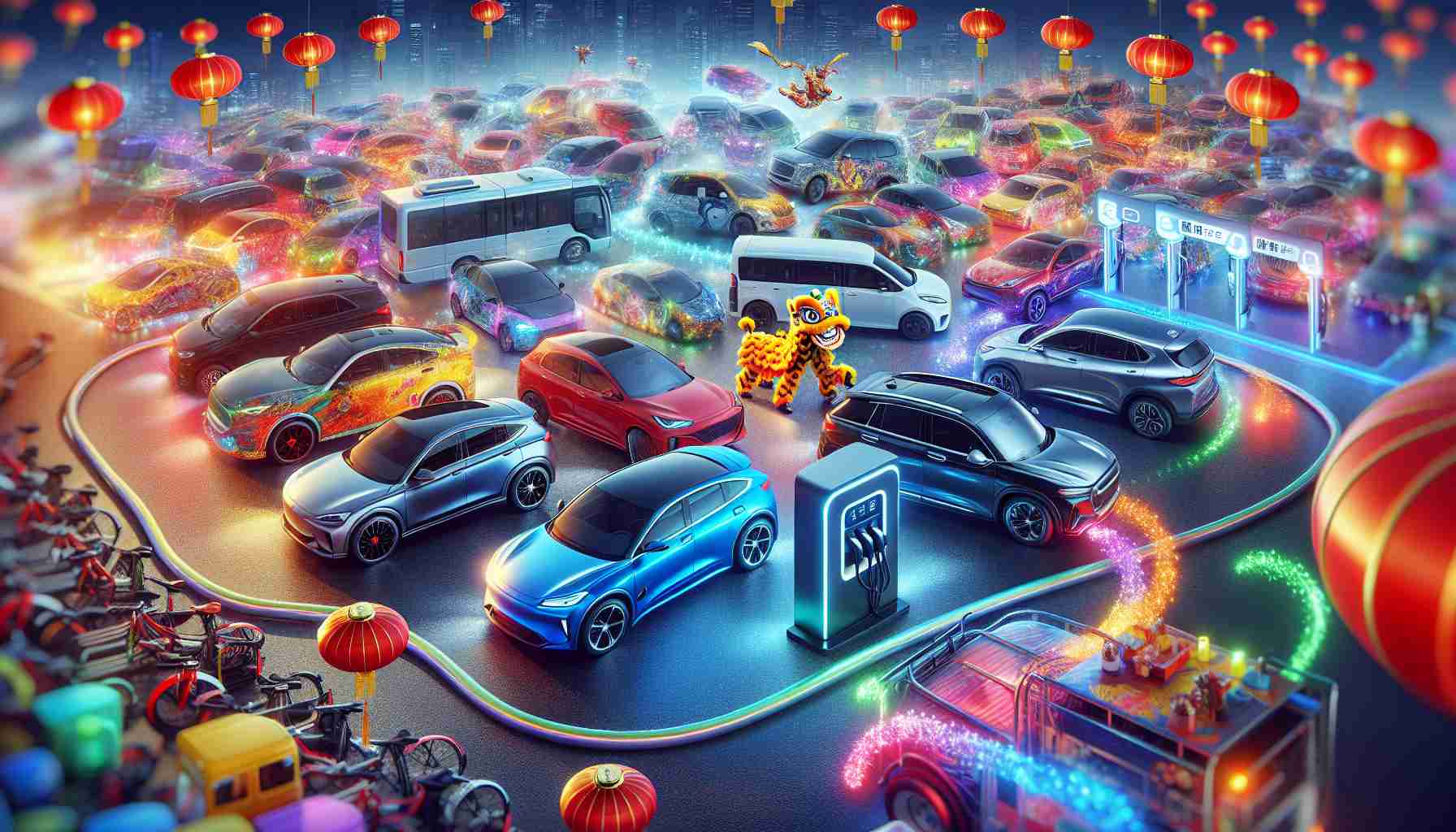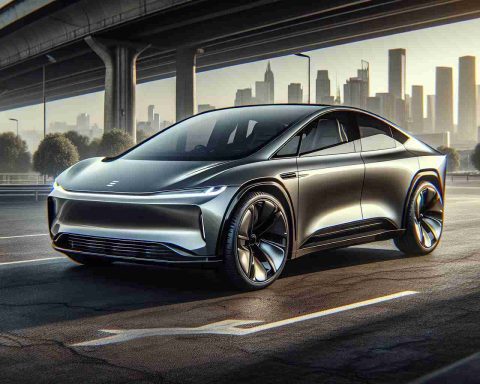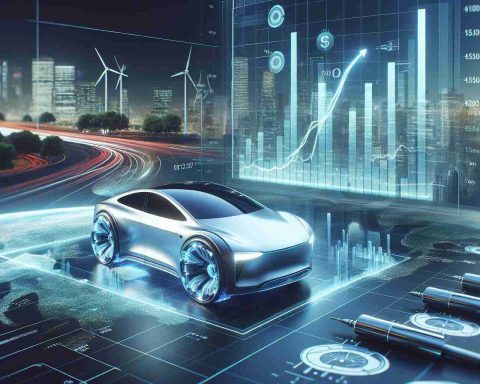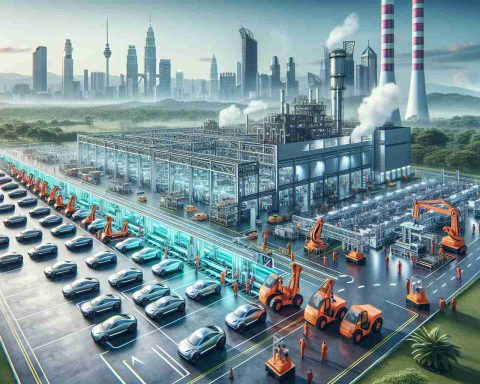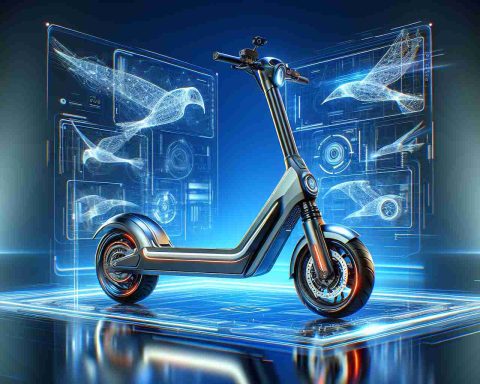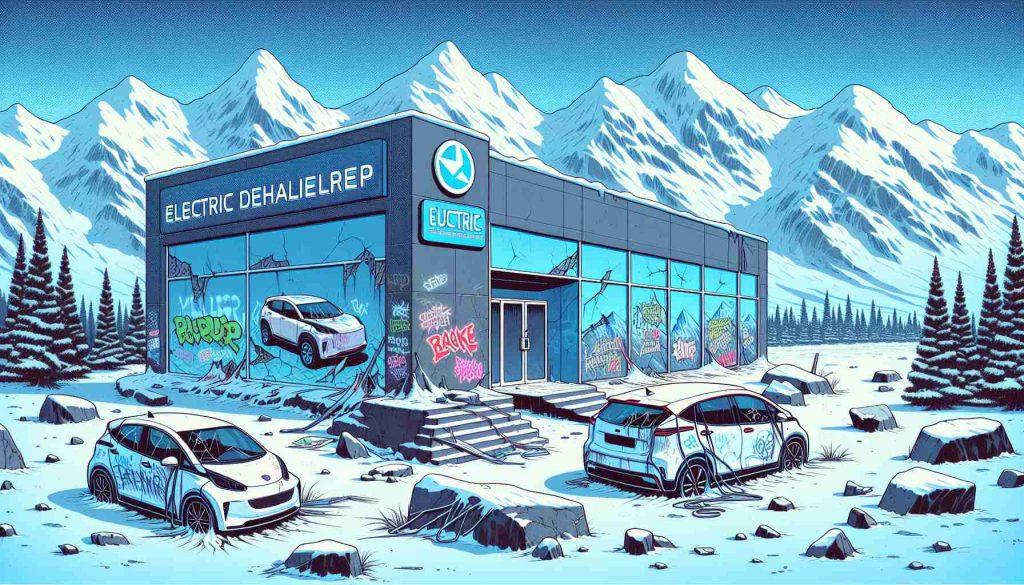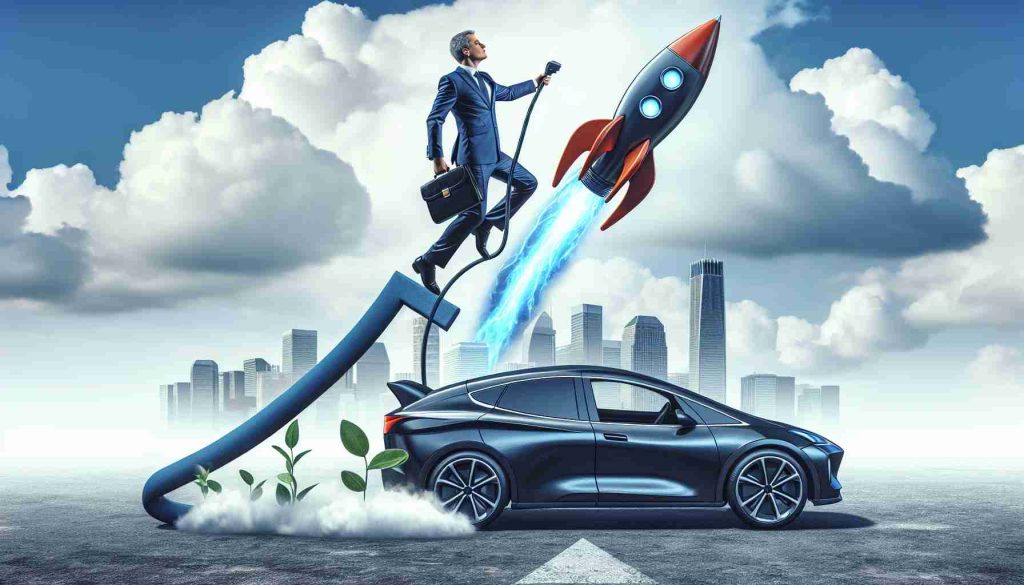- China’s EV market saw significant growth post-Chinese New Year in 2025.
- BYD led the market with a 50% increase in registrations, totaling 28,900 units.
- Wuling impressed with a 98% surge in vehicle registrations, reaching 10,100 units.
- Tesla achieved a 24% rise, with 6,200 new registrations.
- Nio faced challenges, experiencing a 15% decline to 1,100 units.
- Cumulative EV sales in 2024 surpassed 4.25 million, a notable 41.1% increase from the prior year.
- The evolving landscape highlights strong consumer demand for electric vehicles in China.
In the bustling world of electric vehicles (EVs), the sixth week of 2025 marked a dramatic shift in China’s market, as the festivities of the Chinese New Year came to a close. The atmosphere buzzed with excitement as top brands showcased remarkable growth.
Leading the charge, BYD claimed the spotlight with a staggering 50% increase in vehicle registrations, totaling 28,900 units. Meanwhile, Wuling dazzled with a jaw-dropping 98% surge, registering 10,100 vehicles. Tesla also basked in success, boasting a solid 24% rise that brought in 6,200 registrations.
However, not all brands rode the wave of success. Nio experienced a dip, with registrations falling by 15% to just 1,100 units. Sadly, this marked a stark contrast to its previous months, which saw far greater sales numbers.
The numbers unveiled by Li Auto, derived from insurance registration data, reflect a vibrant landscape where competition is fierce. The growing registrations underscore a broader trend: cumulative sales in 2024 soared to over 4.25 million vehicles, indicating a 41.1% jump from the previous year.
As the market evolves, it’s clear that Chinese consumers are embracing electric vehicles like never before, driven by innovation and a strong push towards sustainability. The takeaway? With BYD leading the way and new contenders emerging, the future of EVs in China is brighter than ever. Stay tuned, as this electrifying race continues to unfold!
China’s Electric Vehicle Market: A New Era of Innovation and Competition
In January 2025, the electric vehicle (EV) market in China has experienced significant shifts, particularly in light of the recent sales figures following the Chinese New Year. The most notable performances have highlighted both the rapid growth and the fierce competition between established players and new entrants in the market.
Recent Trends and Insights
The booming figures reveal an increasingly competitive landscape. BYD’s 50% increase and Wuling’s remarkable 98% surge in vehicle registrations indicate a robust consumer demand, particularly for affordable and efficient electric options. On the other hand, Tesla’s more modest 24% growth signals growing challenges in maintaining its market position against domestic rivals.
# Market Forecasts
Looking forward, experts predict that the cumulative sales of electric vehicles in China could exceed 5 million units by the end of 2025, driven by continuous innovations in battery technology and infrastructure development. With consumer preferences shifting towards environmentally friendly options, EV sales are projected to see a compounded annual growth rate (CAGR) exceeding 30% over the next few years.
Pros and Cons of the Electric Vehicle Market
Pros:
– Sustainability: EVs contribute to reduced carbon emissions, aligning with global environmental goals.
– Technological Advancements: Rapid innovations in battery technology are resulting in longer ranges and faster charging times.
– Government Incentives: The Chinese government prefers electric vehicle adoption through subsidies and infrastructure investments.
Cons:
– Market Saturation: With numerous brands entering the market, competition may lead to decreased margins for manufacturers.
– Range Anxiety: Despite improvements, potential buyers still express concern over battery life and charging infrastructure.
– Depreciation Rates: Rapid technological advancements might lead to quicker depreciation of older models.
Limitations of Current EV Technology
While the EV industry flourishes, some limitations persist. Many vehicles still face hurdles such as limited charging infrastructure in rural areas, high initial purchase costs despite decreasing prices, and concerns regarding battery lifespan and disposal.
Innovations and Key Features
The current market showcases captivating innovations like:
– Smart Battery Management Systems: These enhance battery life and performance.
– Integrated AI for Navigation and Vehicle Diagnostics: Enhancing driver experience and safety.
– Vehicle-to-Load (V2L) Technology: Providing power to devices and homes, reflecting new versatility in usage.
Pricing Trends
The average price of electric vehicles has begun to declinate slightly, with entry-level models becoming available under $20,000. This shift is expected to broaden the buyer demographic and further boost sales.
Compatibility with Future Technologies
As the industry evolves, the integration of EVs with smart grids and renewable energy sources will become paramount. This compatibility not only improves energy efficiency but also promotes clean energy consumption.
Security Aspects
Concerns over cybersecurity in connected vehicles are rising. Manufacturers are increasingly prioritizing security features to protect against hacking and data breaches, ensuring consumer confidence in EV technology.
Related Questions
1. What factors are driving the surge in electric vehicle sales in China?
– The surge is largely driven by governmental incentives for green technologies, growing consumer awareness regarding climate change, advancements in battery tech reducing costs, and a broader charging infrastructure making EVs more feasible.
2. How does the competition in the electric vehicle market impact consumers?
– Increased competition leads to better pricing, more features, and advancements in technology, ultimately benefiting consumers through greater choice and improved vehicle performance.
3. What are the future implications of current trends in the electric vehicle market?
– Current trends suggest a rapid transition towards electric mobility, with forecasts indicating stronger uptake in EVs, which may lead to significant changes in urban planning, energy consumption patterns, and automotive manufacturing priorities.
For the latest updates on electric vehicles, visit EV World.
